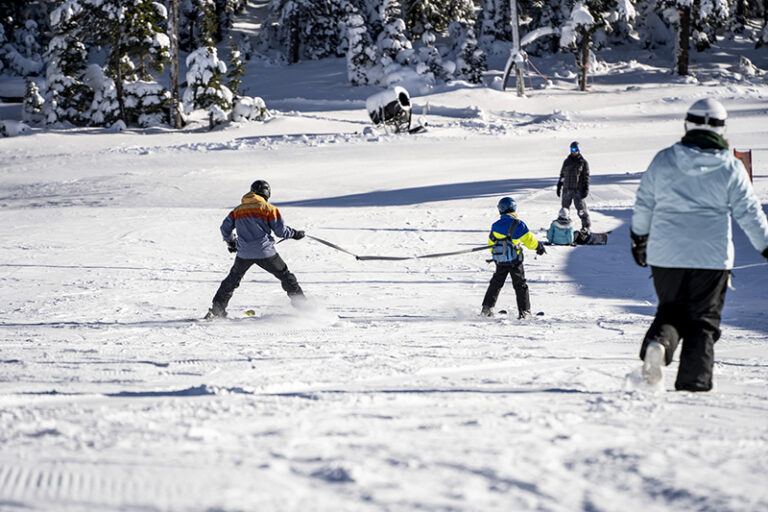Whether you’re a hiker or mountain biker, the Kettle Crest (or Kettle Range, Sherman Pass area, Columbia Highlands, or whatever else you call this remote, uncrowded mountain range) includes some of the most scenic trails and diverse habitat in the Northwest. Tucked between the Canadian border and the Colville Reservation west of Kettle Falls and the Columbia and Kettle Rivers, the Kettle Range mountains contain some of the largest unroaded and legislatively unprotected tracts of national forest land in the region. On a clear day, you can see the Cascades to the west, Selkirk Mountains to the east, and jagged summits of the BC Kootenays to the north from the top of many of the 6,000-plus foot peaks on a clear day, illustrating just how important the Kettles are as a habitat linkage for many species of wildlife.
Roadless regions are great for backcountry recreation and wildlife but can make fighting forest fires somewhat futile. The Kettle Crest has endured some of Washington’s largest fires in modern times. The 2015 Stickpin Fire burned over 50,000 acres along the north end of the Kettle Crest, and the White Mountain Fire of 1988 burned more than 20,000 acres near Sherman Pass. Despite the occasional post-fire push by some local economic interests to log burned and living trees near the Kettle Crest, the wild character of the Kettles remains largely intact thanks to tireless conservation efforts.
Historic clashes between wilderness advocates, loggers, and other interest groups over management of the Kettles and other Colville National Forest lands have given way in recent years to increased collaboration between conservation groups, hikers, mountain bikers, the timber industry, and the U.S. Forest Service, as well as some ranchers, motorized recreationists, and representatives of local government. While many points of contention remain—including friction between some wilderness advocates and mountain bikers who want to maintain access to the Kettle Crest’s coveted sub-alpine singletrack, efforts to come up with a balanced vision for protecting the ecologically significant land, scenic trails, and human-powered access along the Kettle Crest persist. Whether you prefer to pedal or plod along on foot, the Kettle Crest is a spectacular place well worth visiting, respecting, and protecting. // (Jon Jonckers and Derrick Knowles)













